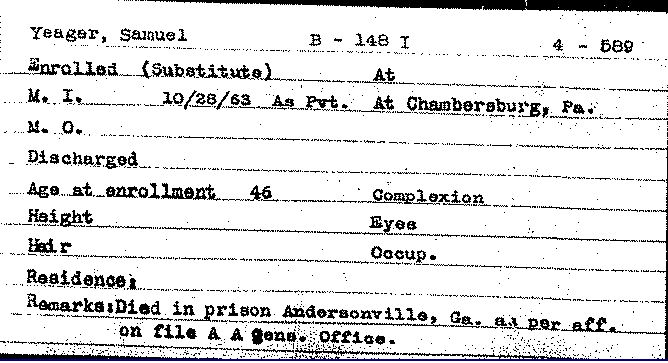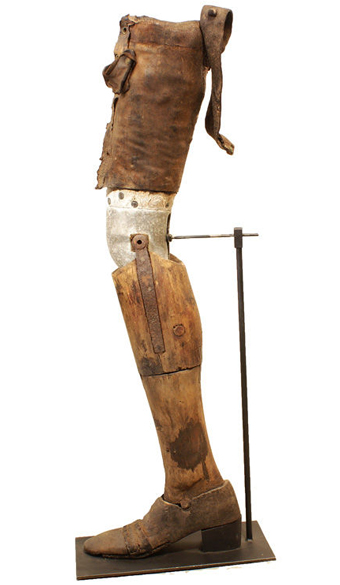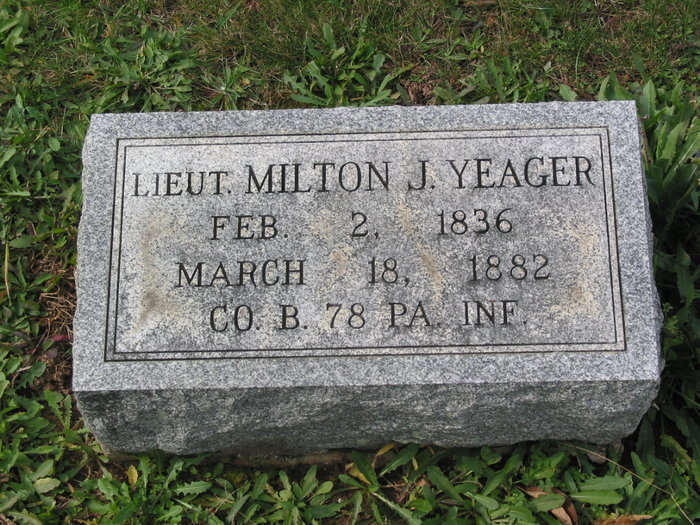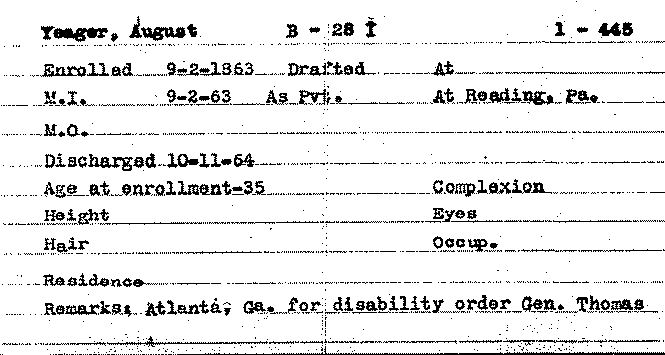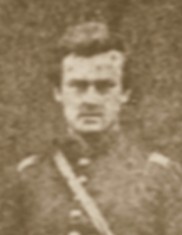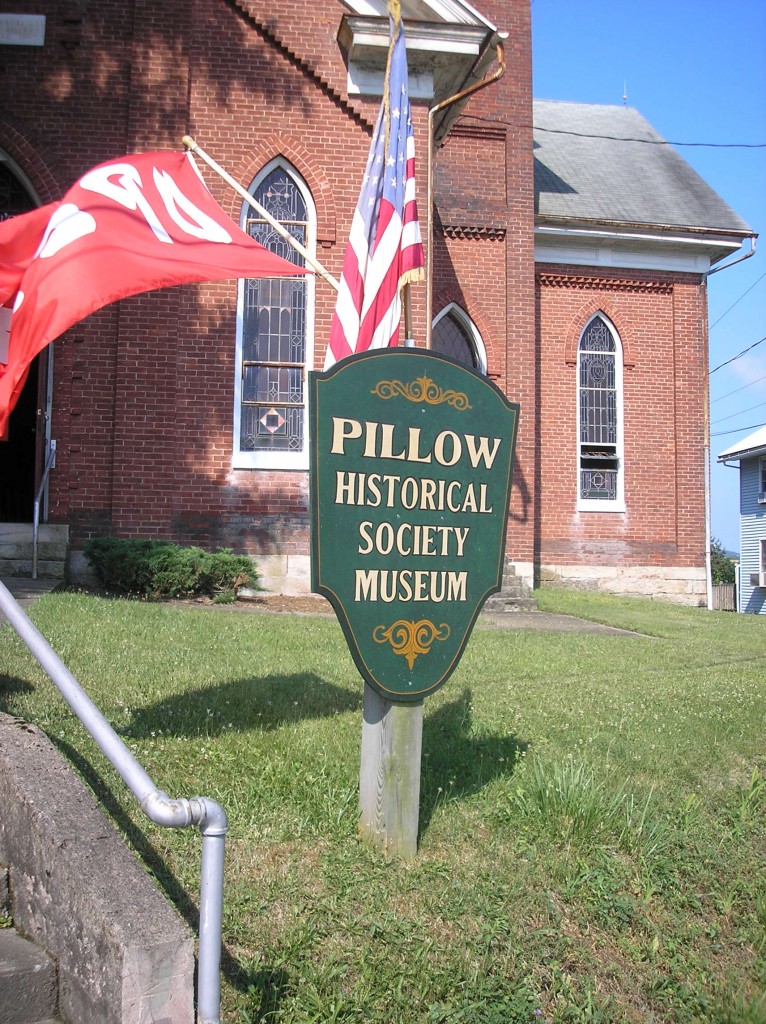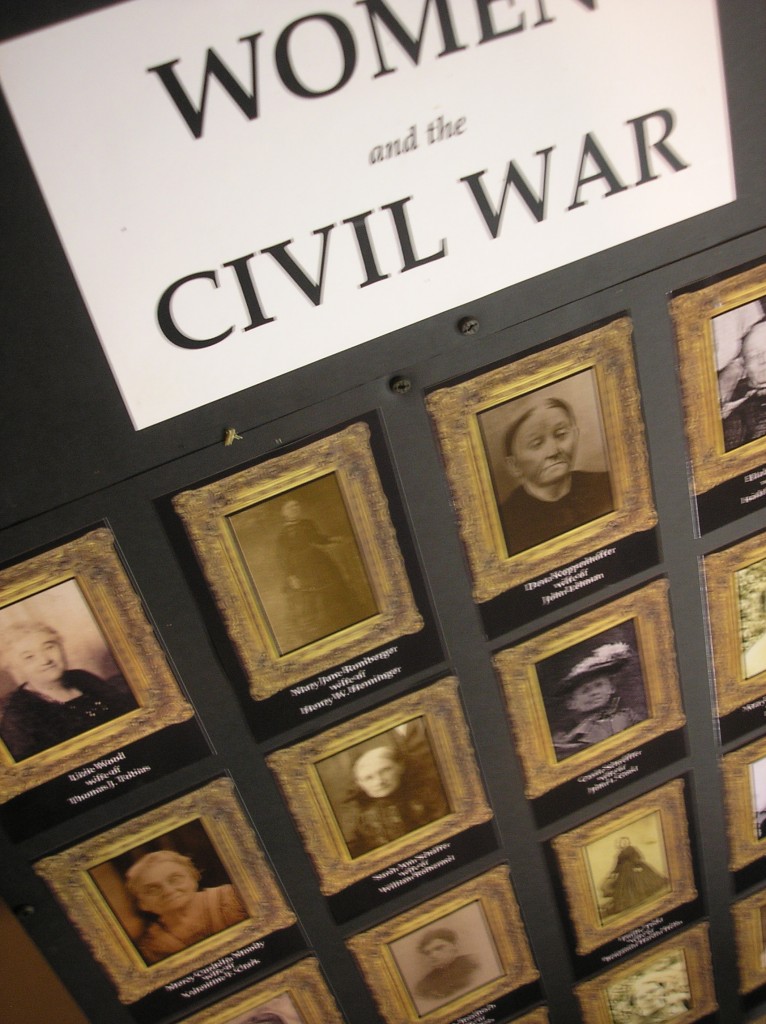The Yeager Family in the Civil War (Part 13)
Posted By Norman Gasbarro on July 13, 2015
In 1912, the Hon. James Martin Yeager wrote and published A Brief History of the Yeager, Buffington, Creighton, Jacobs, Lemon, Hoffman and Woodside Families and Their Collateral Kindred of Pennsylvania. Yeager was formerly the President of Drew Seminary for Young Women of Carmel, New York as well as a former Member of the House of Representatives of Pennsylvania and a Marshal of the Middle District of Pennsylvania. On pages 82-85, he presented a list of Pennsylvania soldiers he identified with the Yeager surname who had fought in the War of the Rebellion, 1861-1865. In addition to the names of the soldiers, he named the regiment and company in which they fought. Sixty-three veterans were thus identified. A free download of Yeager’s book can be obtained at the Internet Archive.
There is much information still to be discovered about each of the veterans. Readers of this blog are urged to add information to what is provided below – particularly genealogical information about each of the men, including the names of their parents and their decent from the earliest Yeager’s who arrived in Pennsylvania. Additional stories about the Civil War service of these veterans is also sought, particularly if readers have access to the pension application files and military records from the National Archives. Pictures are especially welcome! Comments can be added to this post or sent by e-mail.
This post continues a multi-part series on these Pennsylvanians with the Yeager surname who served in the Civil War.
—————————-
Frank Yeager enrolled at Reading, Berks County, Pennsylvania, in the 128th Pennsylvania Infantry, Company E, as a Private and was mustered into service on 14 August 1862 at Harrisburg. At the time of his enrollment, he said he was 19 years old (born about 1843). He served in that regiment and company until his honorable discharge on 19 May 1863. On 17 February 1892, he applied for a pension based on his service. He was awarded the pension and collected it until his death which occurred on 24 March 1911; his widow then applied on 3 April 1911, and she too was awarded a pension which she collected until her death.
—————————-
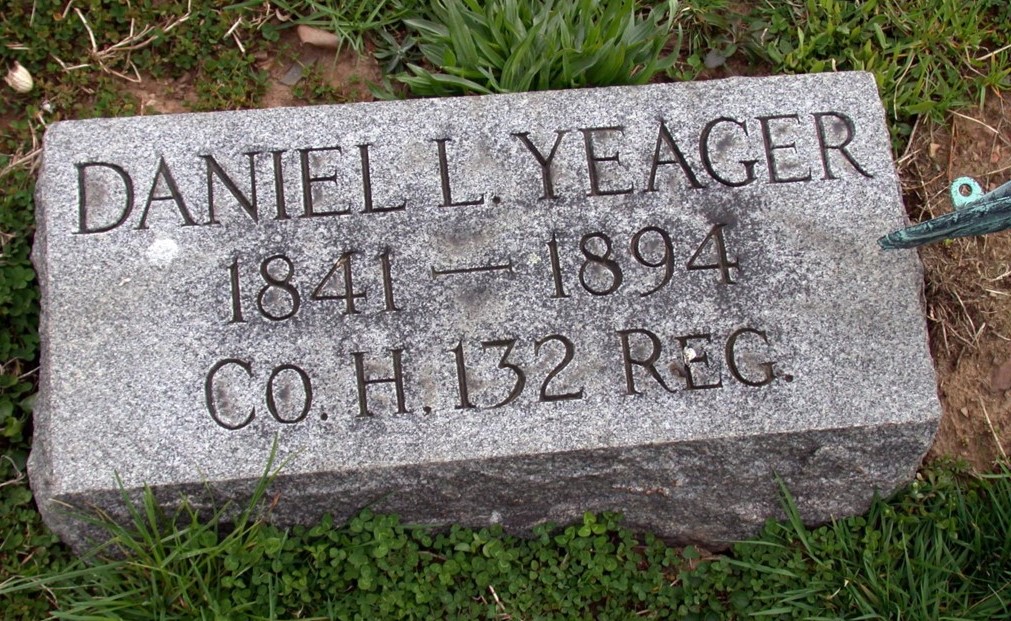
Daniel L. Yeager served in the 132nd Pennsylvania Infantry, Company H, as a Private, mustering in at Harrisburg on 17 August 1862. He was honorably discharged on 24 May 1863. At the time of his enlistment at Catawissa, Columbia County, Pennsylvania, he said he was 21 years old (born about 1842), a resident of Catawissa, and was employed as a saddler. The stone at Union Cemetery, Catawissa, Columbia County, notes his birth year as 1841 and his death year as 1894. However, the following is pointed out at his Findagrave Memorial:
There seems to be conflicting data concerning the Daniel L. Yeager who served in Company H, 132nd PA Infantry Regiment. A record from “Headstones Provided for Deceased Union Civil War Veterans, 1879-1903” shows he died July 15, 1879 and a marker placed by 1883. However, the tombstone pictured shows he died in 1894, but Rebecca, wife of the Daniel Yeager who served in the same unit, applied for a Civil War pension in 1890 as his widow.
There is also a second Findagrave Memorial for a Daniel D. Yeager, which gives the same dates as on the grave marker – and reports the company and regiment as is noted on the marker.
——————————-
William Yeager, a 22-year old resident of Harrisburg who was employed as a carpenter, was mustered into the service of the 127th Pennsylvania Infantry, Company D, as a Private, on 9 August 1862. On 1 April 1863, he was promoted to Corporal and on 29 May 1863, he was mustered out of service with his company. Nothing more is known about him at this time.
——————————
Samuel Yeager was mustered into service at Chambersburg, Franklin County, Pennsylvania, on 28 October 1863. He served as a Private in the 148th Pennsylvania Infantry, Company B, as a substitute. At the time of his enrollment he was 46 years old (born about 1817). At some point during his service he was taken as a prisoner of war and sent to Andersonville, Georgia, where he died on 27 February 1865. He is buried at Andersonville National Cemetery at that place. No record has been seen of a pension application from any survivor.
—————————-
William Yeager, of Northumberland County, Pennsylvania, was born on 15 March 1839, the son of William Yeager and Mary Yeager; he died on 18 December 1914 in Reading, Berks County, Pennsylvania. Because he spent most of his life in the Philadelphia area, he is buried at the West Laurel Hill Cemetery, Bala Cynwyd, Montgomery County, Pennsylvania. He was 22 years old when he joined the 131st Pennsylvania Infantry, Company C, as a Private. His military record states he was wounded at Fredericksburg, Virginia, on 13 December 1862, and was absent and in the hospital when his company was mustered out. On 17 April 1879, he applied for an invalid pension, which he received and collected until his death. His widow, Alice [Fowler] Yeager, applied for benefits on 22 December 1914, which she collected until her death. For additional information about him, see his Findagrave Memorial.
——————————-
Edward Yeager, alias Henry Yerger, died on 10 May 1864 at Bridgeport, Alabama, while serving as a Private in Company H of the 147th Pennsylvania Infantry which he had joined on 27 October 1862. He is buried at the Chattanooga National Cemetery in Chattanooga, Tennessee.
—————————–
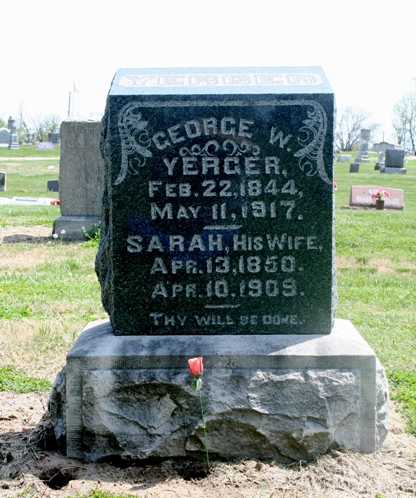
George W. Yeager, also known as George W. Yerger, was born 22 February 1844 in Pennsylvania and died 11 May 1917 in Lamar, Missouri. He is buried at the Lake Cemetery, Lamar Heights, Barton County, Missouri. He had three tours of duty during the Civil War. (1) On 20 April 1861, at Harrisburg, he mas mustered into the 3rd Pennsylvania Infantry, Company C, as a Private, and completed his 3-months term of service on 29 July 1861. (2) On 5 August 1862, he was mustered into the 125th Pennsylvania Infantry, Company B, as a Private, and served until April or May 1863, after which he was promoted to Corporal on 30 July 1863, then to Sergeant on 5 January 1864. The record at this point is not completely clear on whether he was transferred to another company in this regiment, or whether he joined his third regiment. (3) On 30 January 1864, he is found in the 22nd Pennsylvania Cavalry, Company D, as Commissary Sergeant. Then he received a transfer on 18 August 1865 to Company H. After the war, he applied for a pension on 12 July 1877, which he received and collected until his death. His wife, Sarah Yeager, died in 1909, so he was not survived by a widow. More information about him is found at his Findagrave Memorial.
——————————–
Pennsylvania Veterans’ Index Cards are from the Pennsylvania Archives.
 ;
;


